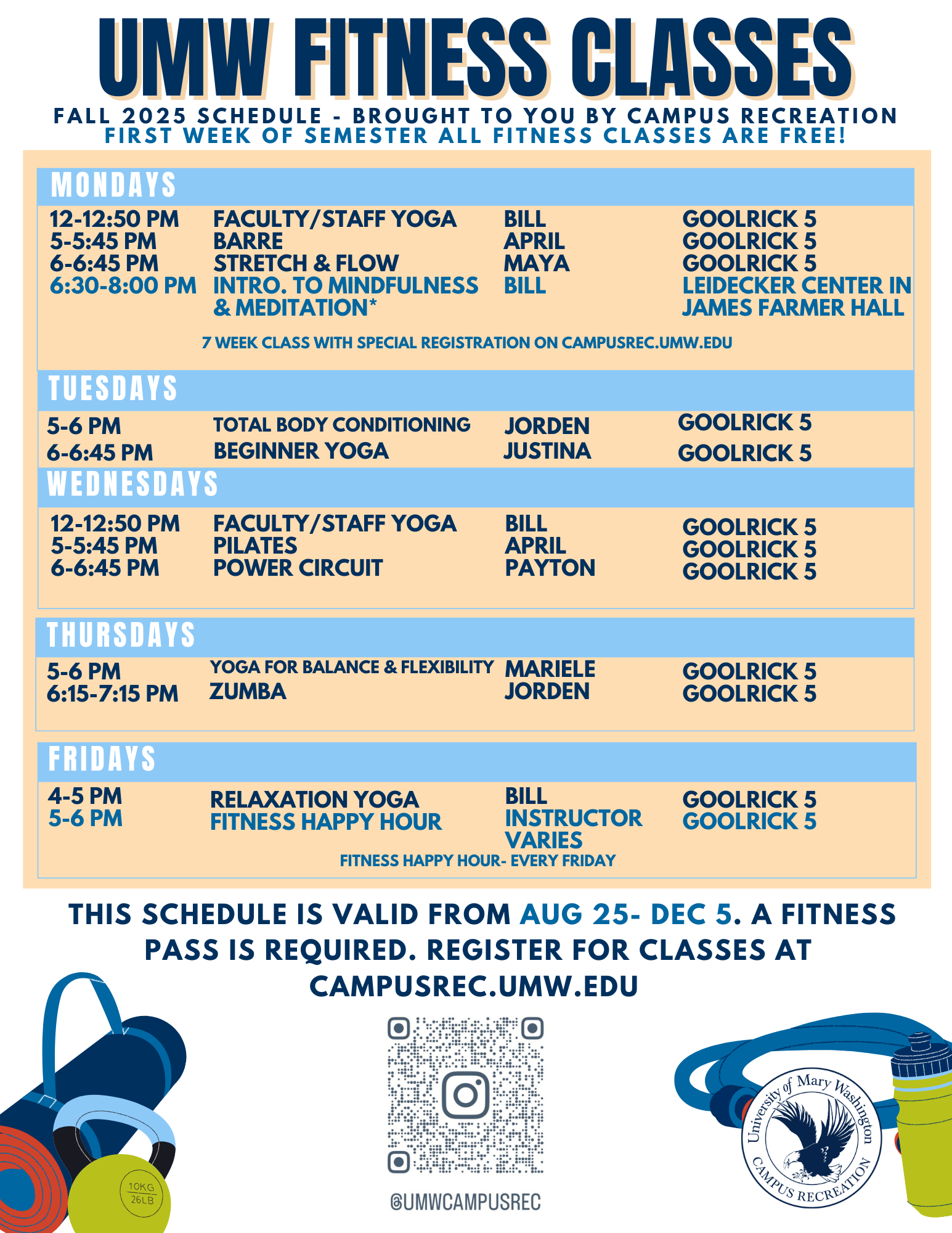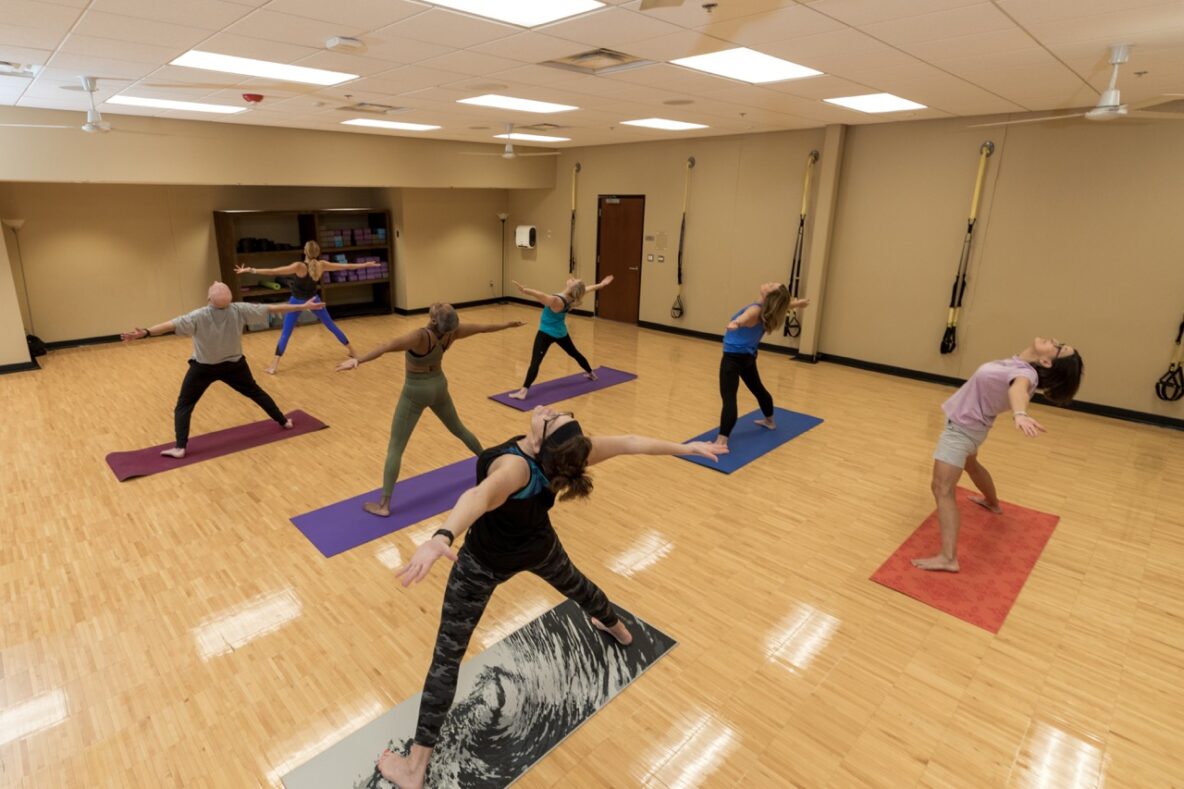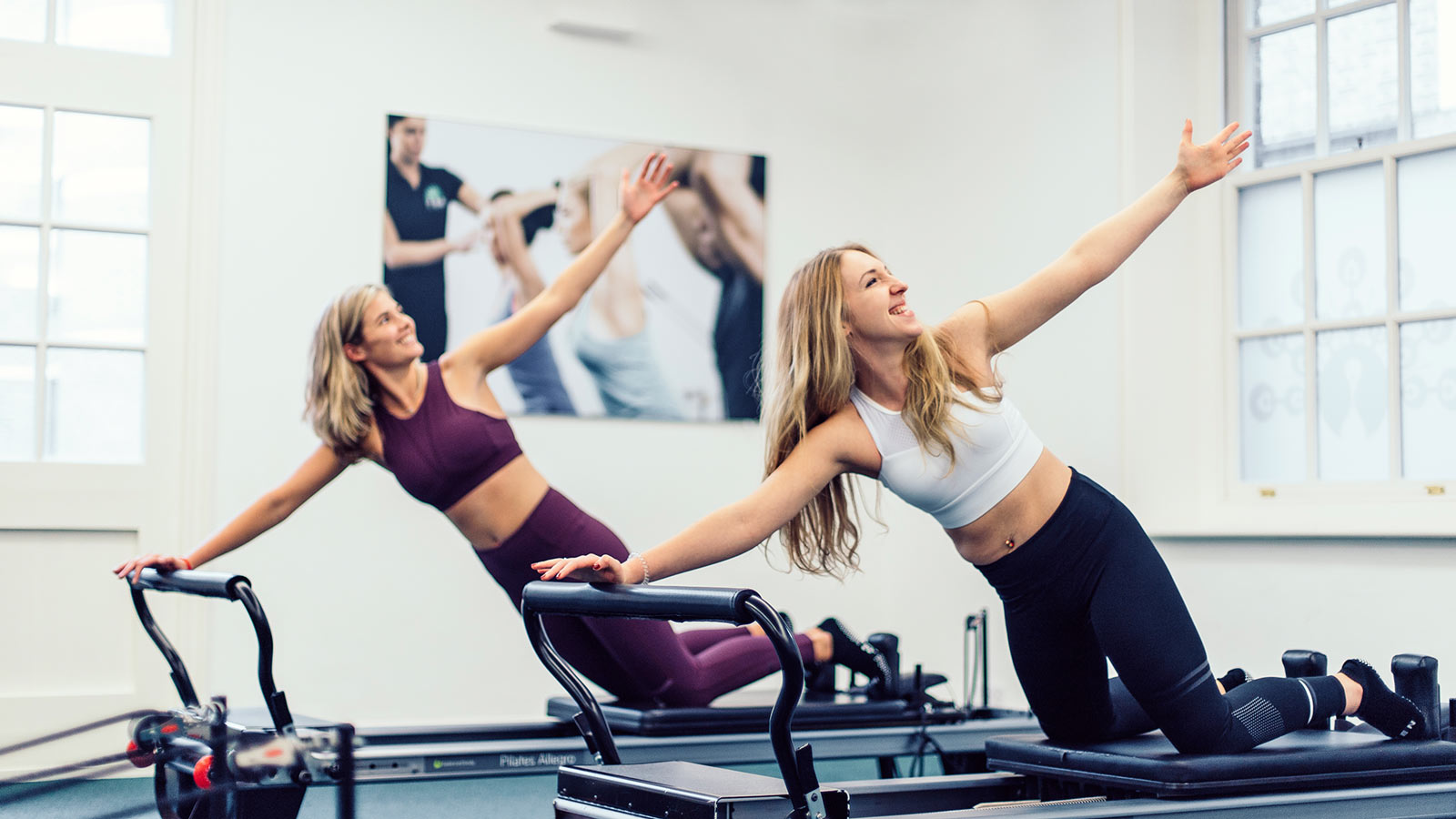How many fitness classes should you take each week to see real results? It’s a question many people ask when trying to balance their busy lives with their health goals.
Finding the right number can boost your energy, improve your mood, and help you reach your fitness targets faster. But too much or too little might leave you frustrated or burned out. You’ll discover the ideal fitness class routine tailored to your lifestyle and goals.
Keep reading to learn how to get the most out of your workouts without wasting time or risking injury.
Benefits Of Regular Fitness Classes
Regular fitness classes offer many benefits beyond exercise. They help improve your body, mind, and social life. Attending classes often creates a routine that supports healthy habits. It also makes workouts more fun and motivating.
Physical Health Improvements
Fitness classes improve strength, endurance, and flexibility. They help burn calories and reduce body fat. Regular exercise lowers the risk of heart disease and diabetes. Classes guide you to use correct form and avoid injury. Your energy levels rise with consistent workouts.
Mental Well-being Boost
Exercise releases chemicals that lift your mood. Attending classes helps reduce stress and anxiety. It also improves focus and memory. Group workouts create a sense of achievement and confidence. You feel more positive after each session.
Social Interaction Perks
Fitness classes connect you with people who share goals. Meeting others creates a support network for motivation. Friendly faces make workouts less lonely. Group settings encourage teamwork and friendly competition. These social bonds can improve your overall happiness.

Credit: students.umw.edu
Factors Influencing Class Frequency
Deciding how many fitness classes to take each week depends on several important factors. These factors help you create a balanced workout plan. They keep your body safe and help you reach your goals faster. Understanding these points will make your fitness routine more effective and enjoyable.
Fitness Goals And Objectives
Your fitness goals shape how often you should attend classes. Want to lose weight? More frequent classes may help burn calories. Building muscle? Focus on strength classes with rest days. Aiming for general health? Two to three classes per week might be enough. Clear goals guide the right class frequency.
Current Fitness Level
Beginners should start slowly to avoid injury. One or two classes weekly can build strength and stamina. Experienced exercisers can handle more sessions each week. They recover faster and tolerate higher intensity. Adjust class frequency based on your fitness experience and comfort.
Time Availability
Your daily schedule affects how many classes you can join. Busy people may find two classes per week realistic. Those with flexible time can try more sessions. Consistency matters more than quantity. Choose a class frequency that fits your lifestyle and keeps you motivated.
Recovery And Rest Needs
Rest days are vital for muscle repair and growth. Overtraining leads to fatigue and injury risk. Listen to your body and allow enough recovery time. Some need more rest between classes than others. Balance exercise and rest for long-term fitness success.
Recommended Classes Per Week
Choosing the right number of fitness classes each week helps improve health and avoid injury. The ideal amount depends on experience and goals. Balance is key to staying motivated and making progress.
Too few classes may slow results. Too many can cause tiredness or pain. The body needs time to rest and grow stronger. Here are some simple guidelines for different fitness levels.
Beginners’ Ideal Schedule
Start with two to three classes per week. This allows your body to adjust to new exercise. Choose low to moderate intensity workouts. Focus on learning proper form and technique. Rest days are important to recover and prevent soreness.
Intermediate Workout Plans
Try three to five classes each week. Mix different types of workouts to avoid boredom. Include strength, cardio, and flexibility exercises. Listen to your body and take breaks if needed. This range helps build endurance and strength steadily.
Advanced Training Frequency
Attend five to six classes per week if you feel strong. Include a variety of intense workouts and recovery sessions. Pay attention to signs of overtraining like fatigue or pain. Rest days remain crucial to maintain performance and avoid burnout.
Types Of Fitness Classes
Fitness classes come in many styles. Each type serves a different purpose. Choosing the right class depends on your goals and preferences. Some classes boost heart health. Others build muscle or improve flexibility. Some help calm the mind. Understanding these types helps plan your weekly workouts.
Cardio Focused Sessions
Cardio classes raise your heart rate. They improve endurance and burn calories. Examples include spinning, Zumba, and kickboxing. These sessions often use fast movements. They keep you moving for most of the class. Cardio workouts help strengthen the heart and lungs.
Strength Training Classes
Strength classes focus on building muscle. They use weights, resistance bands, or body weight. Common classes are body pump and circuit training. These workouts improve muscle tone and boost metabolism. Strong muscles support joints and improve balance.
Flexibility And Mobility Workouts
Flexibility classes help increase your range of motion. They include stretching and gentle movements. Yoga and Pilates often fall in this group. These workouts reduce stiffness and prevent injuries. They make daily activities easier and more comfortable.
Mind-body Practices
Mind-body classes connect breathing and movement. They promote relaxation and mental focus. Tai chi and meditation sessions fit here. These classes lower stress and improve concentration. They support mental health and overall well-being.
Balancing Fitness Classes And Recovery
Balancing fitness classes with recovery is key to improving your health. Too many classes can cause tiredness and injury. Too few may slow progress. Finding the right balance helps your body grow stronger and stay healthy.
Recovery gives muscles time to heal. It also stops burnout and keeps motivation high. Listen to your body to know when to rest or train more.
Signs Of Overtraining
Feeling very tired all the time is a sign. Muscle soreness that does not go away is another. Sleep problems and mood changes can also show overtraining. If your workouts feel harder than usual, take it slow.
Rest Day Importance
Rest days help your body repair itself. They reduce injury risk and improve performance. Skipping rest can lead to weak muscles and tiredness. Make rest days part of your weekly plan.
Active Recovery Techniques
Active recovery means light exercise on rest days. Walking, stretching, or yoga helps blood flow. These activities reduce soreness and speed healing. Avoid heavy workouts during active recovery days.

Credit: scymca.org
Maximizing Results With Nutrition
Nutrition plays a big role in how well your body responds to fitness classes. Eating the right foods helps you perform better and recover faster. Good nutrition supports your energy and muscle health. It also helps you avoid feeling tired or sore.
Focus on what you eat before and after classes. This can make a big difference in your progress. Drinking enough water is also important to keep your body working well.
Pre-class Fueling Tips
Eat a small snack 30 to 60 minutes before class. Choose foods with carbs and some protein. Examples are a banana with peanut butter or yogurt with fruit. Avoid heavy or greasy foods. They can make you feel sluggish during exercise.
Keep the snack light but enough to boost your energy. This helps you stay active and focused through the workout.
Post-class Recovery Meals
After class, eat a meal that has protein and carbs. Protein helps repair your muscles. Carbs refill your energy stores. Good options include chicken with rice or a smoothie with fruit and protein powder.
Try to eat within an hour after your class. This timing helps your body recover better. Also, avoid foods high in sugar or fat right after exercise.
Hydration Strategies
Drink water before, during, and after your fitness class. Water keeps your body cool and muscles working. Drink small amounts often instead of a lot at once.
If your class is longer than an hour, try a drink with electrolytes. These help replace minerals lost in sweat. Avoid sugary or caffeinated drinks. They can cause dehydration.
Tracking Progress And Adjusting Frequency
Tracking progress helps you see if your fitness plan works well. It shows if your body gets stronger or faster. Adjusting class frequency keeps workouts effective and safe. Regular checks stop you from overtraining or losing motivation.
Monitoring Performance Improvements
Write down your workout details each week. Note how long and hard each class feels. Check if you lift heavier or run longer. Small gains mean your body adapts well. Use this info to keep your routine balanced.
Listening To Your Body
Feel tired or sore? Your body may need rest. Sharp pain is a sign to stop and rest. Energy level changes show if you need fewer or more classes. Rest days help muscles recover and grow stronger. Pay attention to sleep and mood too.
Modifying Schedule For Plateaus
Progress may slow or stop after some time. Change your class type or intensity to challenge yourself. Add variety like strength, cardio, or flexibility workouts. Try increasing or decreasing sessions to find what suits you. Keep your plan fresh to avoid boredom and boost results.

Credit: www.ten.co.uk
Frequently Asked Questions
How Many Fitness Classes Should I Take Weekly?
Most people benefit from 3 to 5 fitness classes per week. This frequency balances workout and recovery. It boosts strength, endurance, and overall health without causing burnout or injury.
Can I Do Fitness Classes Every Day Safely?
Daily fitness classes are possible but not always ideal. Vary intensity and type to avoid overtraining. Rest days help muscles recover and prevent injuries.
How Long Should Each Fitness Class Last?
Fitness classes typically last 45 to 60 minutes. This duration is enough for a full workout without causing excessive fatigue. It supports building strength and cardiovascular health efficiently.
What Factors Affect How Many Classes I Need?
Your fitness goals, current level, and schedule influence class frequency. Beginners may start with 2-3 classes weekly. Advanced individuals can handle more, depending on recovery and intensity.
Conclusion
Finding the right number of fitness classes depends on your goals. Balance is key to avoid injury and stay motivated. Rest days help your body recover and grow stronger. Consistency matters more than quantity for lasting results. Listen to your body and adjust as needed.
Enjoy your workouts and keep moving forward. Small steps lead to big changes over time. Fitness is a personal journey, so find what works best. Keep it simple, stay active, and feel good every day.
